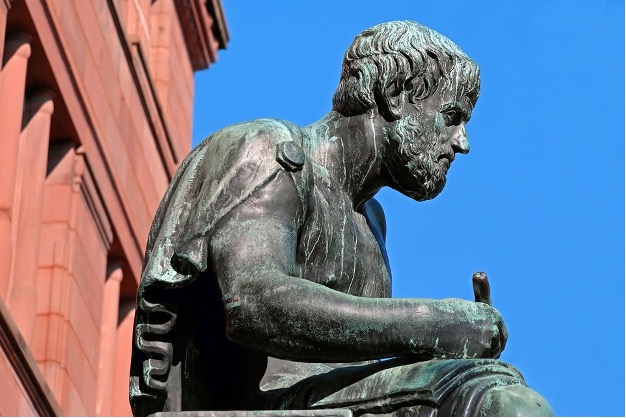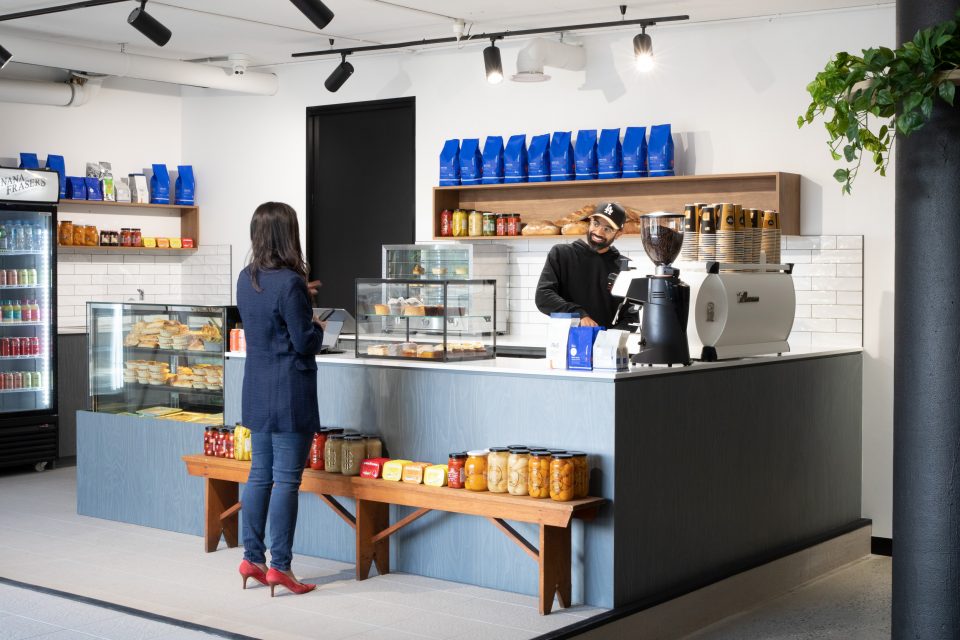Stories Of High Performing Teams – And What We Can Learn From Them

High performing teams are teams that are able to overcome barriers to productivity.
When restrictive walls are climbed, teams are able to achieve goals more readily.
So, what do successful teams have that other teams do not?
Psychological Safety:
In the workplace, conflicting ideas are inevitable. However, the way in which these tribulations are dealt with is not as concrete. As Medium describes, Maslow’s Hierarchy of Needs denotes self-actualisation as the antecedent of psychological safety. So, what does psychological safety actually mean?
If someone is scared to speak up at work for fear of judgement, creativity is stifled. Within a group of people, we may be scared to let ourselves go, overcome by a feeling of vulnerability. Concerned that we may come across as unintelligible or overbearing, we bite our tongue. This negatively affects performance. Psychological safety circumvents this, whereby we feel accepted and supported by the group. As suggested in Medium, psychological safety can be created through “assuming best intentions,” and “viewing mistakes as teachable moments.”
Project Aristotle was a research project conducted by Google in 2012 to explore the mutual features of successful teams. Aristotle’s famous quote that “the whole is greater than the sum of its parts,” served as their guiding philosophy. Upon analysing employees across over 100 company teams, there was evidently little significance to the ‘who’ of the team.
Networking:
Start-ups historically begin from the home. Picture a person with a thought-provoking idea, huddled unfailingly over their desk. The problem with this? Social isolation. In a coworking space, you operate amongst like-minded individuals, impassioned by their respective projects. Not only will this motivate you, but it will challenge you through exposure to new perspectives. Also, the space is filled with freelancers (who may be recruited as talent) and high-profile potential clients. There is even potential for forging new corporations.
Coworking enables cross-pollination across an expanse of fields, adding value to your project. For example, your project may call for a new webpage, facilitated through the tech-expertise of someone within the space. Coworking spaces expand knowledge repertoires through perforating the historic ‘siloes’ of an office. They bring talent to you, creating exponential opportunity for growth.
“A lot of the time it’s easy to get caught up in your own geographic bubble. It’s really important to remain aware of other markets, and build relationships with different people from different cultures… that’s how one can find the connections or the people who will be able to help you.”
– Jena Wuu of Plug and Play Tech’s International Department, Deskmag
Whilst going at it alone is technically possible, it is arguably less effective. Through collaboration, your project will be enhanced in a way that was not possible from working alone.
Also, who doesn’t like a laugh with blossoming friends to break up the work day?

“…There was nothing showing that a mix of specific personality types or skills or backgrounds made any difference. The ‘who’ part of the equation didn’t seem to matter.’’
– Abeer Dubey (Google’s People Analytics division)
Basically, it all boiled down to the presence of psychological safety.
As elucidated by WorkStyle, The Royal Society of London provides the perfect case study on the efficacy of psychological safety. This was the world’s first national scientific institution, which as highlighted by WorkStyle forged the knowledge we carry today across anatomy, botany, chemistry, physics and zoology. It was often referred to as “the invisible college,” accepting members of all backgrounds within the 17th century climate of great prejudice. WorkStyle stresses its foundation of trust and respect, from which members were able to exchange ideas on science and philosophy, thus contributing to the advancement of science.
Psychological safety has ties to the idyllic notion of servant leadership, elicited by Medium as leading through service to the team. By understanding the needs of team members, performance is enhanced through targeted development of team members.
Self-organisation:
According to Medium, addressing theory from The Agile Practice Guide, self-organised teams are more productive. Simply stated, “people don’t like being managed.” When managers delineate the team’s zone of focus, course of action, and assign deadlines and duties to each member, people comply. However, they are not empowered to do their best work. A more fluid approach, whereby team members construct together their own plan of action, enhances productivity.
“Empowerment unlocks the team’s creative energies. It shifts ownership and responsibility for achieving outcomes from the managers to team members.”
– Medium
To stress this, Medium explores the story of David Marquet, who transformed the “worst-performing ship in the U.S. Navy into the best.” How did he do this? He moved away from giving orders, and instead gave intent. Amongst his crew, this engendered real engagement with the tasks at hand, as opposed to blindly following orders.
Adaptability:
Dominic Monkhouse writes in Medium a story he was once told by a colleague, whose former business made everyone put the number 22 in the top corner of an expense form. The reason for this? If you didn’t do, it wouldn’t be paid. Bafflingly, no one knew why.
“It was one of those weird anachronisms that get embedded in organisational practices”
– Monkhouse, as in Medium
As in Medium, The Agile Manifesto, which underscores the importance of successive refinement in team planning, denotes simplicity as the “art of maximizing the amount of work not done.” Basically, teams must reflect on areas of unnecessary fluff, and remove them for the sake of productivity. Bureaucracy should not be held to the highest esteem whereby it produces little value, rather impeding it.
Accountability:
The theory of Mark Green, author of Creating a Culture of Accountability, is featured via Monkhouse & Company. According to Green, one must not equate accountability with contribution. Essentially, if a project centres itself around one area of expertise, it should not be assumed that experts within this area are the ones accountable for the project.
“Accounting for the project includes being the canary in the coal mine – the early warning system, so that you can create the resources to course correct, whatever it is you’re accountable for.”
– Mark Green, as in Monkhouse & Company
In short, the person contributing to the work does not mean that they are accountable. Where there is accountability, there are defined targets to hit.
To summarise, teams are interdependent. Hence, it is imperative that this interdependence is efficient, achieved through being cognisant of and enacting the above values.
WHAT ARE YOU WAITING FOR?
Join the family & recharge your innovative mind, please call (03) 7064 9669 or email [email protected]




